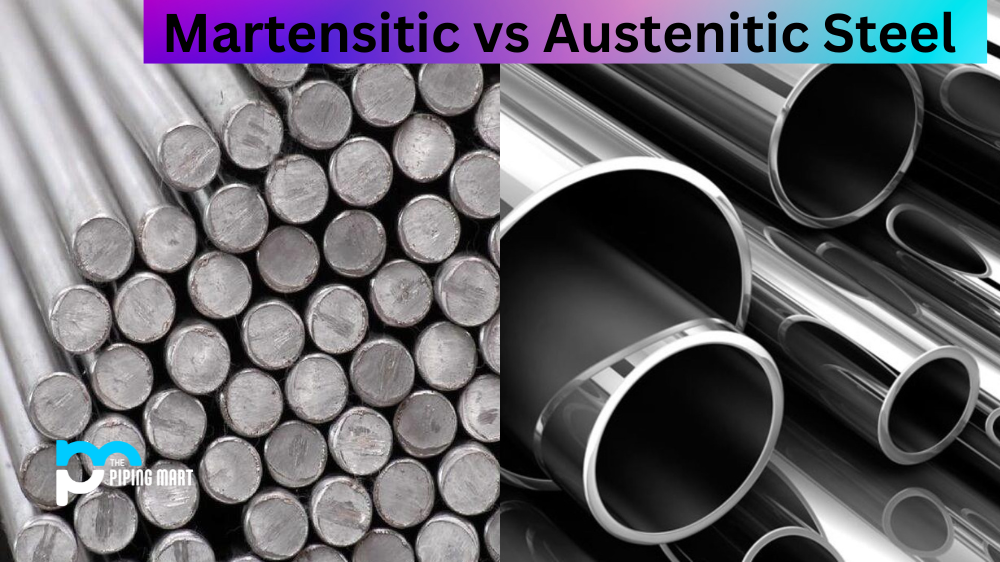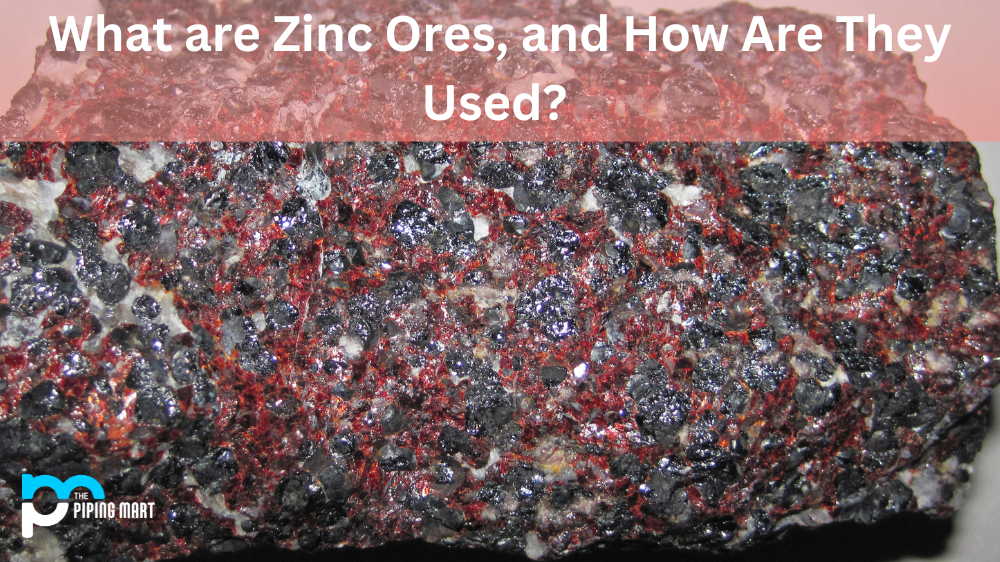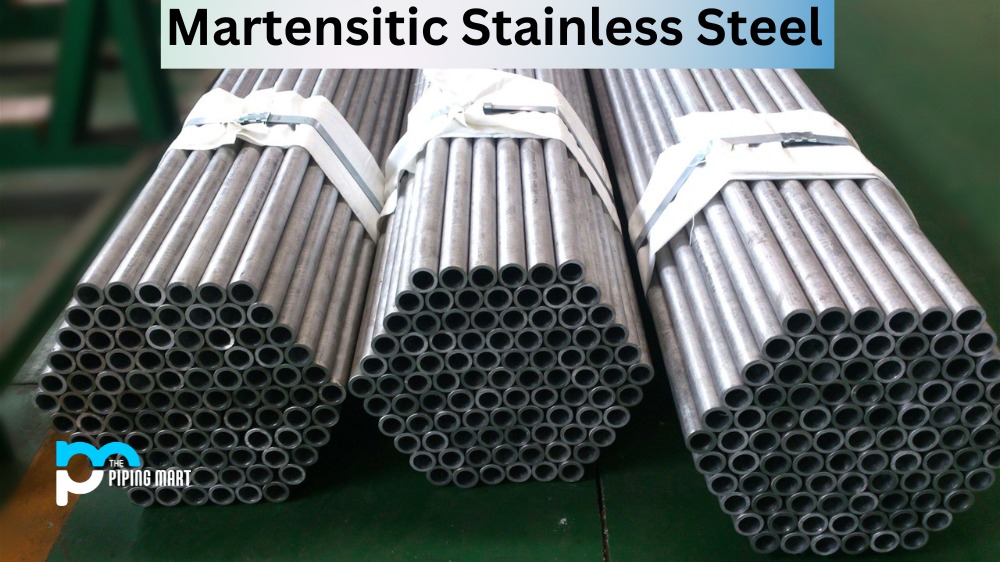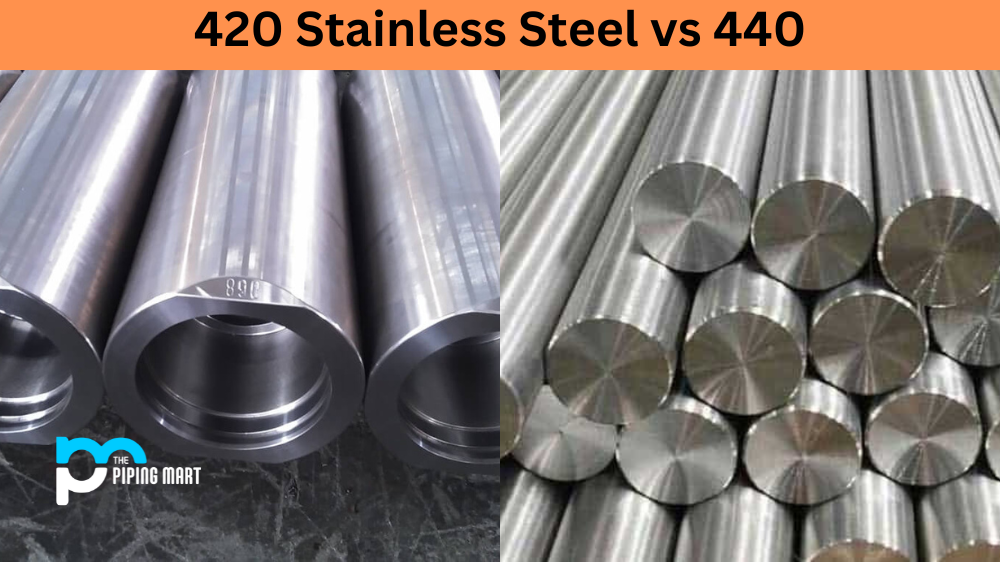Stainless steel is a type of metal alloy that is composed of iron and chromium. Its higher concentration of chromium creates a protective oxide film that prevents the metal from corroding. Stainless steel also has many other benefits, such as heat resistance, strength, and ductility. But did you know that there are two different types of stainless steel? Martensitic and austenitic steel have distinct differences in composition and properties, which ultimately influence their applications. Let’s explore the difference between these two types of stainless steel.
Martensitic Steel
Martensite is the result of a process called quenching, where steel is rapidly cooled to create an extremely hard material with very little ductility. Martensite has high strength, making it ideal for applications requiring resistance to wear or abrasion. It’s also highly magnetic due to its ferrite content, giving it excellent electrical conductivity. However, martensite is not resistant to corrosion or oxidation, so it needs to be coated or treated with lubricants if it will be used in corrosive environments.
Austenitic Steel
Austenite is a non-magnetic form of stainless steel that contains at least 16% chromium and 8% nickel in its composition. This combination gives austenite excellent corrosion resistance as well as good formability and weldability characteristics. Austenite also has excellent mechanical properties such as high ductility, tensile strength, toughness, and superior creep resistance at elevated temperatures when compared to martensite. As a result, austenite is commonly used for applications such as chemical processing equipment and nuclear reactors due to its superior corrosion resistance properties.
Difference Between Martensitic and Austenitic Steel
- Martensitic steel is a type of steel that contains between 0.8 and 1.2% carbon. This type of steel is hard and brittle and is not as easy to weld as austenitic steel.
- Austenitic steel is a type of steel that contains between 0.8 and 1.2% carbon. This type of steel is soft and ductile and is easy to weld.
- Martensitic steel is heat treated to achieve its desired properties, while austenitic steel does not require heat treatment.
- Martensitic steel is typically used for applications that require high hardness, such as knives and cutting tools, while austenitic steel is typically used for applications that require high ductility, such as food processing equipment.
- Martensitic steel is more susceptible to corrosion than austenitic steel, making it more important to protect against corrosion in applications where it is used.
Conclusion:
So there you have it! These are just some of the differences between martensitic and austenitic stainless steels. While both offer unique advantages depending on the application they are being used for, understanding the differences between them helps us make sure we choose the right one for our project needs! For those looking for more information about choosing between these two types of stainless steel, please don’t hesitate to contact Metric Marketing today! We would be happy to answer any questions you may have about selecting the right type of stainless steel for your specific project needs!

Abhishek is a seasoned blogger and industry expert, sharing his insights and knowledge on various topics. With his research, Abhishek offers valuable insights and tips for professionals and enthusiasts. Follow him for expert advice on the latest trends and developments in the metal industry.




